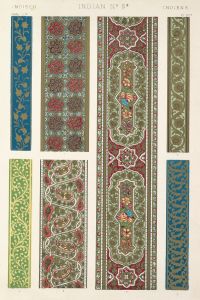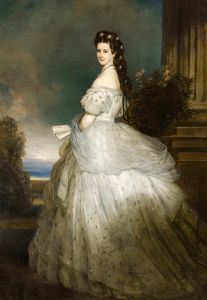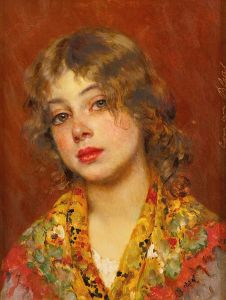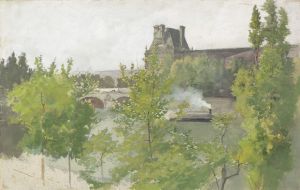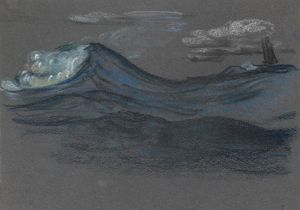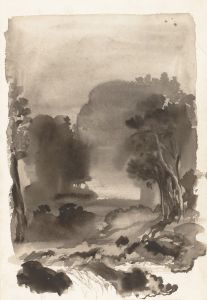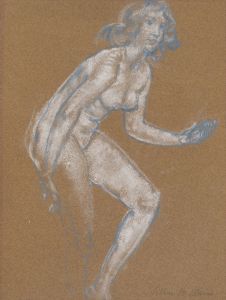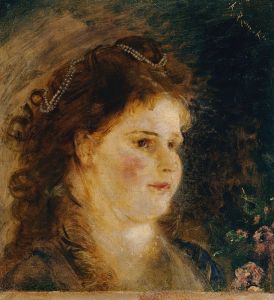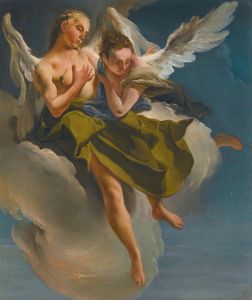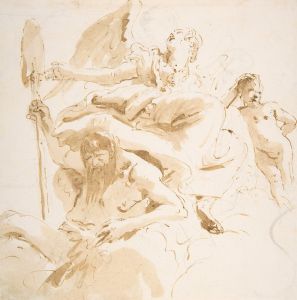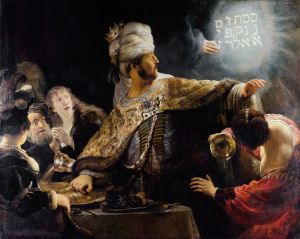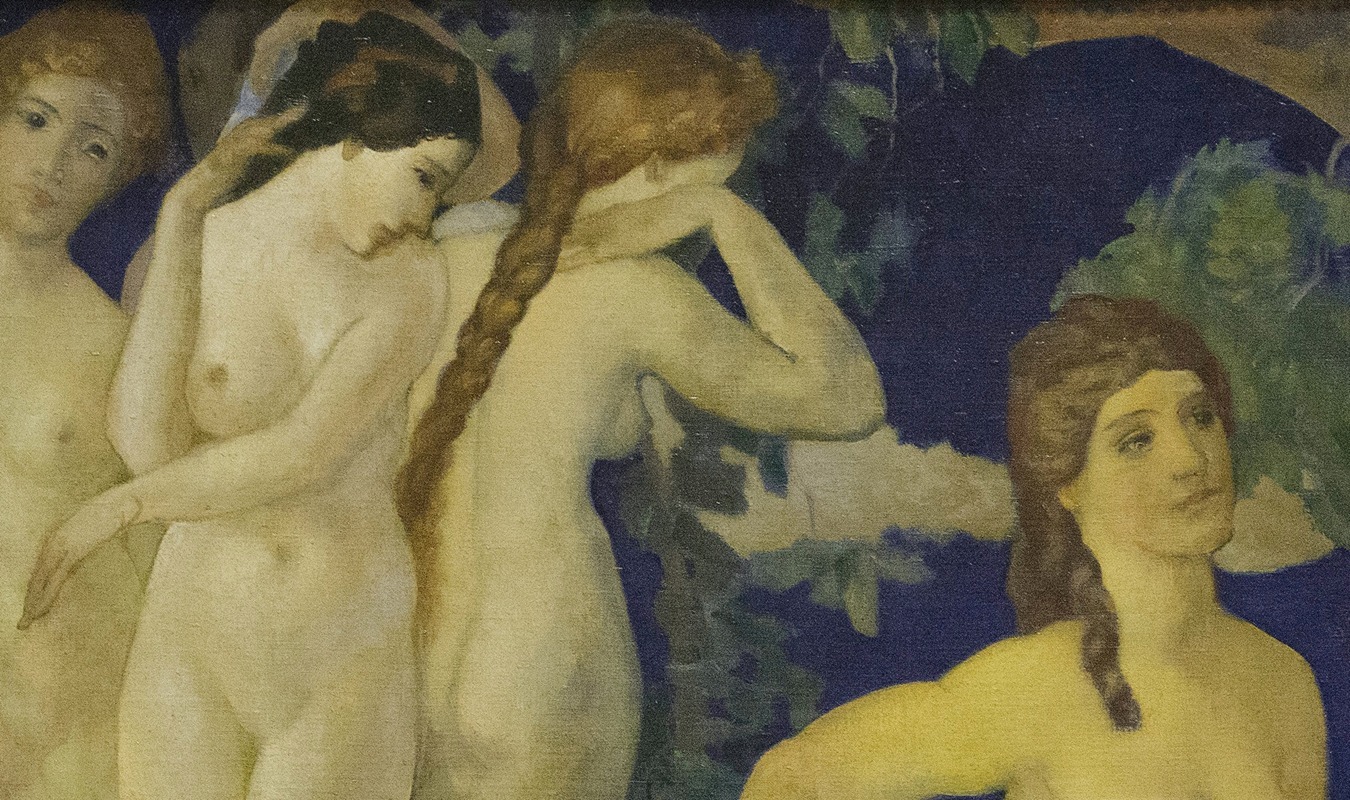
Clasp of Gold
A hand-painted replica of Arthur Bowen Davies’s masterpiece Clasp of Gold, meticulously crafted by professional artists to capture the true essence of the original. Each piece is created with museum-quality canvas and rare mineral pigments, carefully painted by experienced artists with delicate brushstrokes and rich, layered colors to perfectly recreate the texture of the original artwork. Unlike machine-printed reproductions, this hand-painted version brings the painting to life, infused with the artist’s emotions and skill in every stroke. Whether for personal collection or home decoration, it instantly elevates the artistic atmosphere of any space.
Arthur Bowen Davies was an American artist known for his role in the early 20th-century art movement in the United States. He was a key figure in the organization of the 1913 Armory Show, which introduced modern European art to the American public. Davies' work often combined elements of symbolism and romanticism, and he was known for his ethereal and dreamlike compositions.
"Clasp of Gold" is one of Davies' paintings, although specific details about this particular work are not widely documented in available historical records. Davies' oeuvre typically features allegorical themes, often depicting figures in idyllic landscapes or mystical settings. His style is characterized by a soft palette and fluid forms, which evoke a sense of harmony and tranquility.
Davies was born in Utica, New York, in 1862 and studied at the Art Institute of Chicago and the Art Students League in New York. His early work was influenced by the Hudson River School and the Barbizon School, but he later developed a more individual style that incorporated elements of modernism. Despite his involvement with the avant-garde, Davies maintained a unique artistic vision that often set him apart from his contemporaries.
Throughout his career, Davies was associated with the group known as "The Eight," which included artists like Robert Henri and John Sloan. This group was instrumental in challenging the conservative art establishment of the time and promoting more progressive artistic expressions. However, Davies' work often diverged from the urban realism favored by some of his peers, focusing instead on more fantastical and symbolic subjects.
Davies' contribution to the art world extends beyond his paintings. As the president of the Society of Independent Artists, he played a significant role in promoting modern art in America. His efforts culminated in the organization of the Armory Show, which was pivotal in introducing the American public to the works of European modernists such as Pablo Picasso, Marcel Duchamp, and Henri Matisse.
Despite his influence and involvement in the modern art movement, Davies' work often reflects a tension between modernism and traditionalism. His paintings, including "Clasp of Gold," are noted for their lyrical quality and often explore themes of beauty, nature, and the human form. Davies' ability to blend these elements into cohesive and evocative compositions is a testament to his skill and artistic vision.
Arthur Bowen Davies passed away in 1928, leaving behind a legacy that continues to be studied and appreciated for its contribution to American art. While specific information about "Clasp of Gold" is limited, it can be appreciated within the broader context of Davies' work and his impact on the art world during a time of significant change and innovation.





